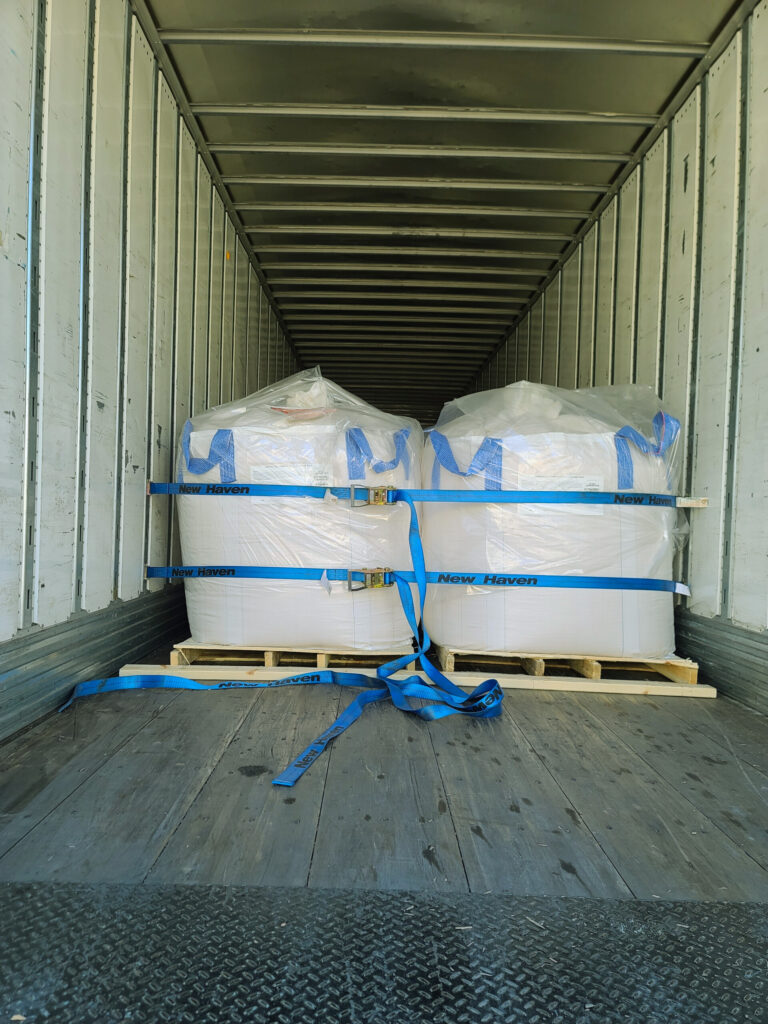
Amid consistently rising shipping rates, it has become crucial for shippers to look out for options to save on shipping costs, as it’s the only way to stay competitive. Freight consolidation (freight bundling) is one such option that can help businesses lower their shipping costs without compromising the quality and efficiency of their delivery operations. It’s a shipping method involving merging multiple smaller shipments into a single large shipment. This large shipment can be transported in a single trip by a single carrier instead of multiple trips, offering a cost advantage to the shippers. Read on to learn how freight consolidation can be an effective way to not only lower transportation costs but also boost your business’s flexibility and efficiency.
Freight consolidation: An effective way to save on your shipping costs
Following are some significant reasons why freight consolidation is an effective strategy to lower your shipping expenditures:
-
Better utilization of shipping capacity
Freight consolidation allows shippers to make better use of the available shipping space. When multiple smaller shipments are consolidated into a single large shipment, it occupies less space on a transportation vehicle than the smaller shipments would occupy in unconsolidated form. Therefore, consolidation decreases the usage of shipping capacity, leading to lower shipping rates per unit. That also helps businesses to transport large volumes of cargo in a single trip.
-
Reduced fuel expenditures
If you make a higher number of trips to deliver goods, your fuel consumption will also be higher, contributing to an increase in shipping costs. Through freight consolidation, you can lower the number of trips, which can help you reduce fuel consumption. With lower fuel expenditures, your transportation costs will significantly go down.
-
Improved flexibility
Freight consolidation enables businesses to deliver a larger volume of goods quickly, boosting their flexibility. When a business consolidates its shipments, it can meet the delivery requirements more easily. Consolidated shipments are easy to be handled, scheduled, and routed than their unconsolidated counterparts, helping shippers to fulfill even strict delivery timelines.
-
Environmental advantages
Consolidating freight results in a reduction of transportation vehicles on the road, leading to a decrease in gas and pollutant emissions. This helps logistics businesses to protect the environment and achieve sustainability goals. Besides environmental advantages, cargo consolidation also helps shippers improve their compliance with specific environmental protection rules and regulations, saving them from potential fines, penalties, and legal complications.
-
Reduced operating costs
When multiple shipments are bundled into a single shipment, operating costs decrease throughout the shipping process. Consolidation lowers the number of transactions, volume of paperwork, and frequency of handling, which eventually leads to a reduction in administrative costs. It can also reduce the risk of error associated with processing multiple shipments.
-
Improved shipment safety
Consolidated shipments are easier to handle during transit than smaller multiple shipments. This significantly reduces the risk of shipment damage that may result in substantial financial loss. Improved shipment safety also significantly boosts customer trust.
-
Improved efficiency
Freight consolidation improves shipping efficiency by reducing the number of stops and transfers involved in the transportation process. This can also improve transit times, helping shippers ensure faster delivery of goods to the customers.
-
Resilient shipping operations
Cargo consolidation brings resiliency into your shipping operations, allowing you to transport multiple shipments in a single timeframe. This also lowers the risk of unexpected delivery disruption, improving delivery reliability.
Conclusion
The bottom line is that freight consolidation has emerged as a compelling option for shippers seeking to lower their transportation costs. Through consolidation, businesses can make better use of the shipping capacity, lower administrative and handling costs, and eventually reduce their shipping expenditures. However, while freight consolidation has so many financial benefits, it can also pose several challenges, such as excessive time and resource consumption and limitations regarding what type of shipments you can consolidate. Businesses need to invest in quality control, infrastructure, and modern technologies to overcome these challenges and fully leverage freight consolidation. Strategic planning, collaboration, and investment in training can also be helpful in this regard.
VPL Logistics is largely investing in adopting safe and secure freight consolidation strategies to offer the lowest possible shipping rates to clients. We strive to navigate and overcome challenges facing freight consolidation to make the process more reliable.









